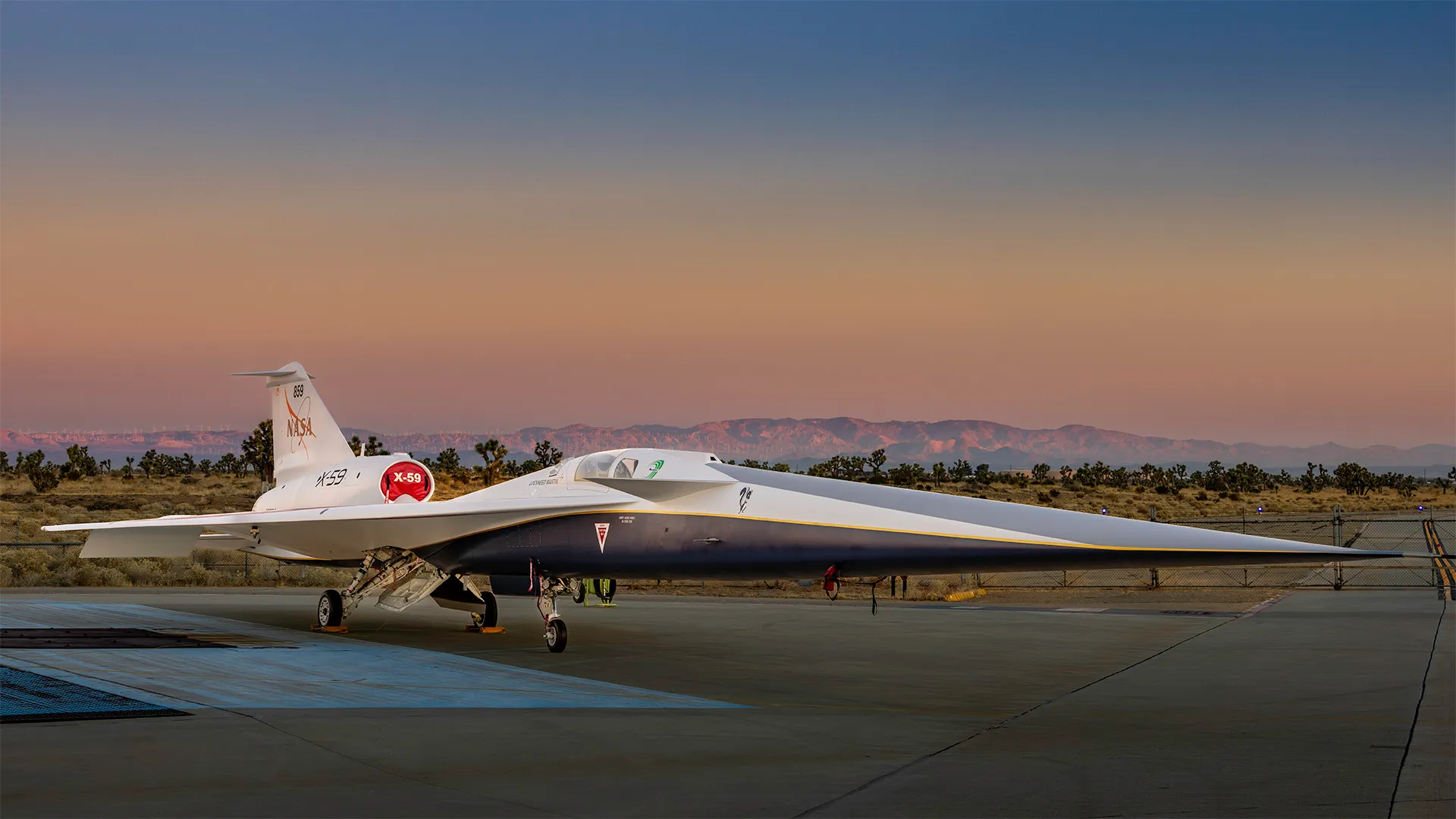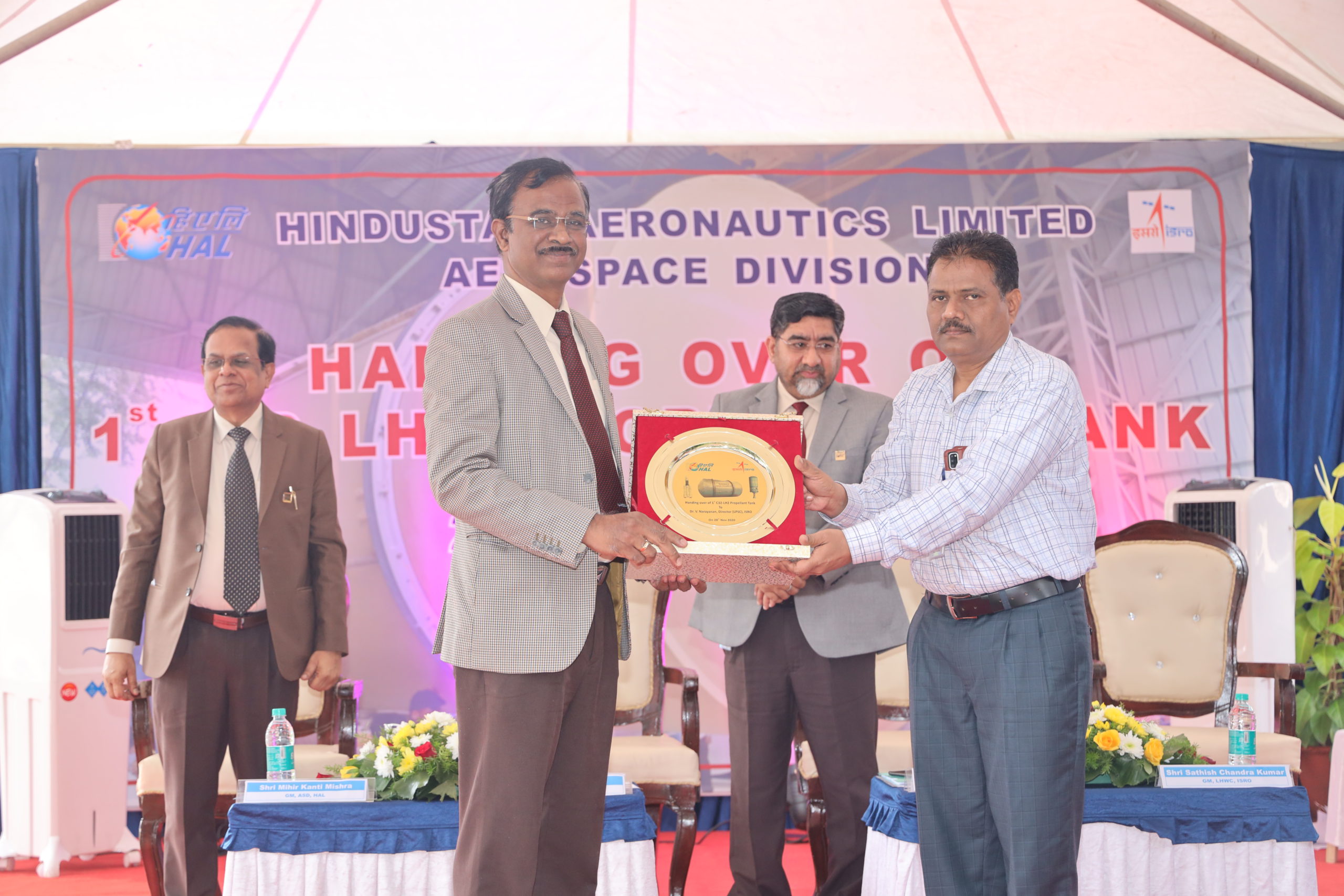Innovative Design Aims to Minimize Sonic Boom Impact, Ushering in a New Wave of High-Speed Air Travel
Bengaluru, NFAPost: NASA and Lockheed Martin have joined forces to introduce a groundbreaking space plane, the X-59, set to redefine air travel by addressing the longstanding challenge of minimizing the disruptive sonic boom associated with supersonic flight. Anticipated to embark on its maiden flight later this year, the X-59 targets a speed of 1.4 times the speed of sound, laying the foundation for a new era of commercial jets capable of achieving supersonic travel.
Unlike its predecessors, such as the Tupolev TU-144 and Concorde, the X-59 incorporates innovative design elements. With a remarkable 30-meter length and 9-meter width, the space plane boasts a distinctive tapered nose aimed at mitigating the adverse effects of sonic booms. The aircraft’s cutting-edge features also include an eXternal Vision System, utilizing high-resolution cameras to provide a clear view for the pilot.
The X-59’s upcoming test flights represent a crucial milestone in the pursuit of faster global travel. Successful outcomes could revolutionize the aviation industry by addressing the limitations posed by subsonic flights and potentially reducing trans-Atlantic crossing times. The collaboration between NASA and Lockheed Martin marks a significant step forward in the quest for more efficient, high-speed commercial air travel, setting the stage for a new era in aviation.





